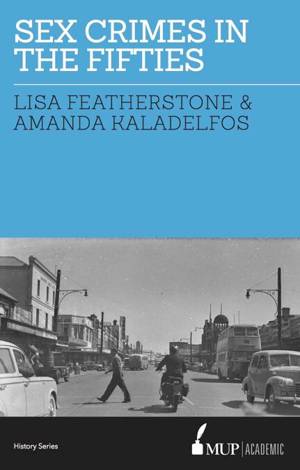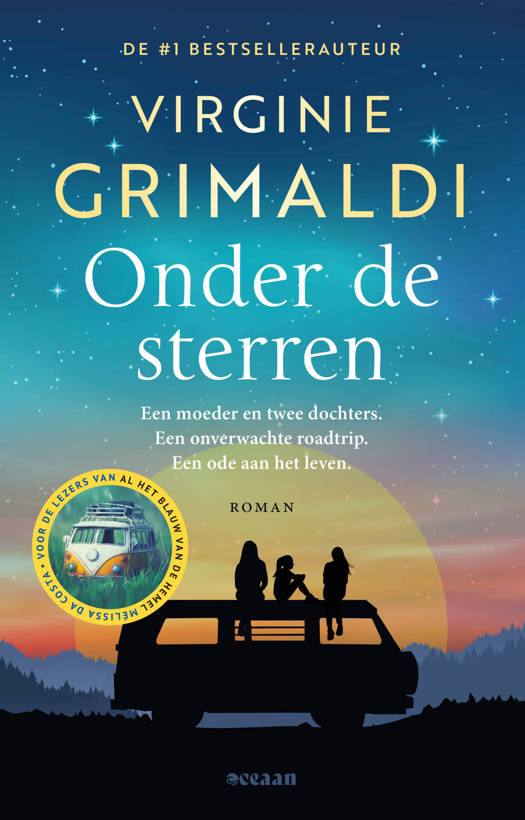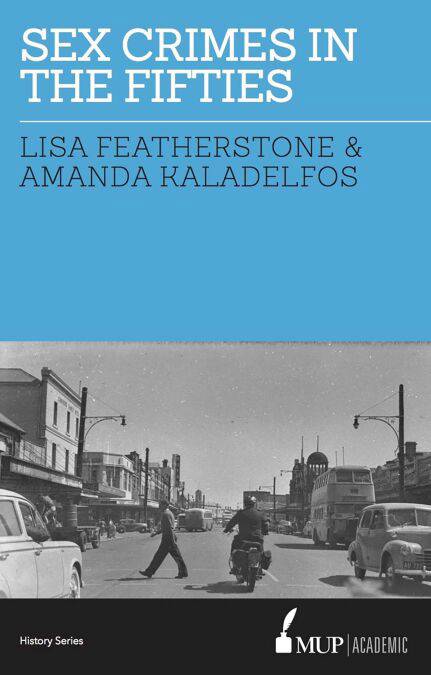
- Afhalen na 1 uur in een winkel met voorraad
- Gratis thuislevering in België vanaf € 30
- Ruim aanbod met 7 miljoen producten
- Afhalen na 1 uur in een winkel met voorraad
- Gratis thuislevering in België vanaf € 30
- Ruim aanbod met 7 miljoen producten
Zoeken
€ 21,80
+ 21 punten
Uitvoering
Omschrijving
The Australian Royal Commission into Institutional Responses to Child Sexual Abuse (2013-2017) has given national consciousness to the problematic treatment of sexual offences in Australia's past. Yet there has been little historical research into the policing, prosecution and punishment of those crimes.
This book examines Australia's treatment of sexual crimes in the 1950s, a decade well known for its political and social conservatism, its prudish views on morality, and its prescriptive gender roles for men and women. Fewer would know that this same decade saw soaring arrests, mounting criminal prosecutions, and intensifying public debates about how to deal with sexual offenders. Or that sexual offences on children attracted the most concentrated state attention and public concern.
Sex Crimes in the Fifties uncovers this new history by drawing on transcripts of hundreds of criminal proceedings and extensive research in criminal justice archives. We examine the criminal trial itself, exploring how prosecutors, defence counsel, witnesses, juries and judges understood sexual crimes. We consider the experience of women testifying in rape trials, the prosecution of sexual crimes against children, the court's treatment of recent immigrants, the prosecution and punishment of homosexual men, the influence of psychiatric evidence, and the increasing public debates over the 'sex offender'. We show that the 1950s was indeed foundational to many of our contemporary beliefs about sexual crimes.
This book makes a major contribution to our historical and socio-legal knowledge about sexual offences and criminal prosecution. It will be of interest to historians, criminologists, sociologists, and legal scholars as well as general readers interested in the treatment of these crimes in our past.
This book examines Australia's treatment of sexual crimes in the 1950s, a decade well known for its political and social conservatism, its prudish views on morality, and its prescriptive gender roles for men and women. Fewer would know that this same decade saw soaring arrests, mounting criminal prosecutions, and intensifying public debates about how to deal with sexual offenders. Or that sexual offences on children attracted the most concentrated state attention and public concern.
Sex Crimes in the Fifties uncovers this new history by drawing on transcripts of hundreds of criminal proceedings and extensive research in criminal justice archives. We examine the criminal trial itself, exploring how prosecutors, defence counsel, witnesses, juries and judges understood sexual crimes. We consider the experience of women testifying in rape trials, the prosecution of sexual crimes against children, the court's treatment of recent immigrants, the prosecution and punishment of homosexual men, the influence of psychiatric evidence, and the increasing public debates over the 'sex offender'. We show that the 1950s was indeed foundational to many of our contemporary beliefs about sexual crimes.
This book makes a major contribution to our historical and socio-legal knowledge about sexual offences and criminal prosecution. It will be of interest to historians, criminologists, sociologists, and legal scholars as well as general readers interested in the treatment of these crimes in our past.
Specificaties
Betrokkenen
- Auteur(s):
- Uitgeverij:
Inhoud
- Aantal bladzijden:
- 255
- Taal:
- Engels
Eigenschappen
- Productcode (EAN):
- 9780522866568
- Verschijningsdatum:
- 17/07/2016
- Uitvoering:
- E-book
- Beveiligd met:
- Adobe DRM
- Formaat:
- ePub

Alleen bij Standaard Boekhandel
+ 21 punten op je klantenkaart van Standaard Boekhandel
Beoordelingen
We publiceren alleen reviews die voldoen aan de voorwaarden voor reviews. Bekijk onze voorwaarden voor reviews.











